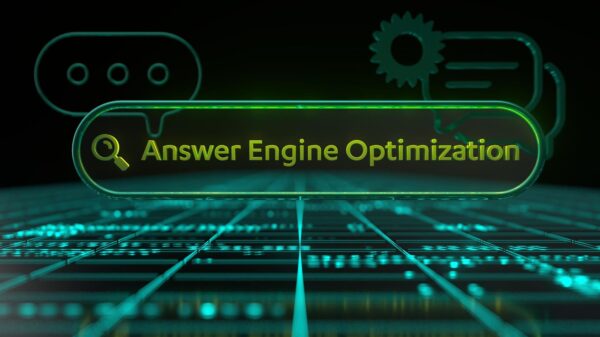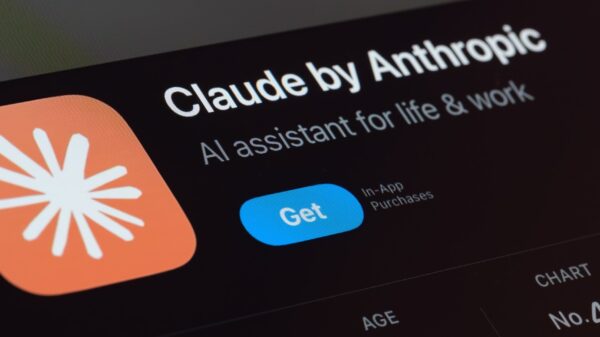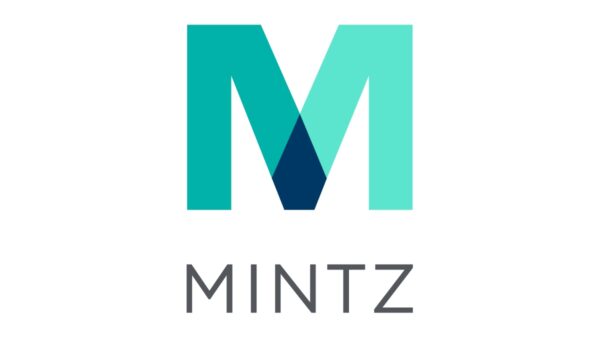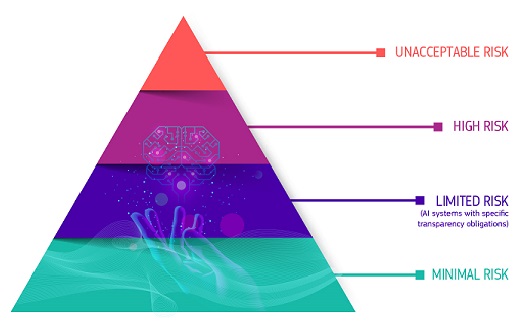In an age dominated by technological advancements, the conversation around education is increasingly focused on efficiency rather than purpose. This notion resonates with the insights of French theorist Jacques Ellul, who, in his 1954 work The Technological Society, observed that modern civilization prioritizes means over ends. Today, this perspective is ever more relevant, especially in the context of education and the integration of technology, particularly artificial intelligence (AI).
As AI technologies continue to permeate educational systems, the predominant dialogue tends to center on procedural enhancements. Numerous articles emphasize how AI can expedite grading, simplify lesson planning, make personalized tutoring more scalable, and ultimately free up valuable time for educators. However, these advancements can inadvertently overshadow a fundamental question: what is education truly for?
If one were to survey ten educators from a typical public school district regarding the purpose of education, the answers would likely vary, highlighting goals such as character formation, job readiness, creativity, civic responsibilities, and societal equity. This diversity of responses underscores the complexity of defining educational objectives.
At its core, we propose that education should be a formative experience—nurturing intellect, character, creativity, civic awareness, and skill development. The emphasis on these goals can and should adapt based on the educational stage. For instance, while vocational training may be inappropriate for fourth graders, it becomes crucial in high school. Yet, even seniors preparing to enter the workforce benefit from opportunities for character and imagination development.
Our skepticism towards AI in education stems from its potential to provide shortcuts that diminish the essential effort required to achieve educational goals. For example, relying heavily on tools like ChatGPT for essay writing may yield a product that is less reflective of a student’s personal growth—resulting in only 20% formation compared to a completely independent effort.
Thus, our primary argument is not about defending a specific educational philosophy but rather emphasizing the need for ongoing discourse around the *purpose* of education. Understanding your perspective on this question shapes your view of technology’s role in the classroom.
In light of this, as you engage with the ongoing discussions surrounding AI in education technology, assess whether these conversations address the fundamental question of purpose. If they do not, consider the implicit educational ends suggested by the proposed technological means.
Engaging with Educational Technology Policies
Recent dialogues, such as those among leadership from the Granville County public schools, illustrate the value of reflective discussions on educational technology. After analyzing survey data from students and teachers about technology use in classrooms, participants recognized that certain technologies often hinder valuable student-teacher relationships. This realization reinforced a commitment to maintaining a “tech-free Tuesday/Thursday” policy, allowing for more meaningful interactions.
The absence of robust discussions may lead to a passive acceptance of AI educational technology, influenced subtly by the priorities of tech companies designing these tools. Stakeholders at all levels—principals, parent groups, school boards, and superintendents—must be empowered to make informed decisions regarding the role of AI in education.
While the task of defining the purpose of education may seem daunting, the potential benefits are significant. A clearer understanding can illuminate various longstanding questions in education: optimal student-to-teacher ratios, curriculum pacing, professional development needs, appropriate leisure time, and beneficial partnerships with external organizations.
In a famous quote attributed to Abraham Lincoln, he purportedly said, “Give me six hours to chop down a tree, and I will spend the first four sharpening the axe.” Perhaps this analogy applies to the current dialogue on the role of technology in education. For every six hours spent discussing this topic, dedicating the first four to clarifying the fundamental purpose of education could lead to more effective and comprehensive strategies in the age of AI.
 Andrew Ng Advocates for Coding Skills Amid AI Evolution in Tech
Andrew Ng Advocates for Coding Skills Amid AI Evolution in Tech AI’s Growing Influence in Higher Education: Balancing Innovation and Critical Thinking
AI’s Growing Influence in Higher Education: Balancing Innovation and Critical Thinking AI in English Language Education: 6 Principles for Ethical Use and Human-Centered Solutions
AI in English Language Education: 6 Principles for Ethical Use and Human-Centered Solutions Ghana’s Ministry of Education Launches AI Curriculum, Training 68,000 Teachers by 2025
Ghana’s Ministry of Education Launches AI Curriculum, Training 68,000 Teachers by 2025 57% of Special Educators Use AI for IEPs, Raising Legal and Ethical Concerns
57% of Special Educators Use AI for IEPs, Raising Legal and Ethical Concerns



































































